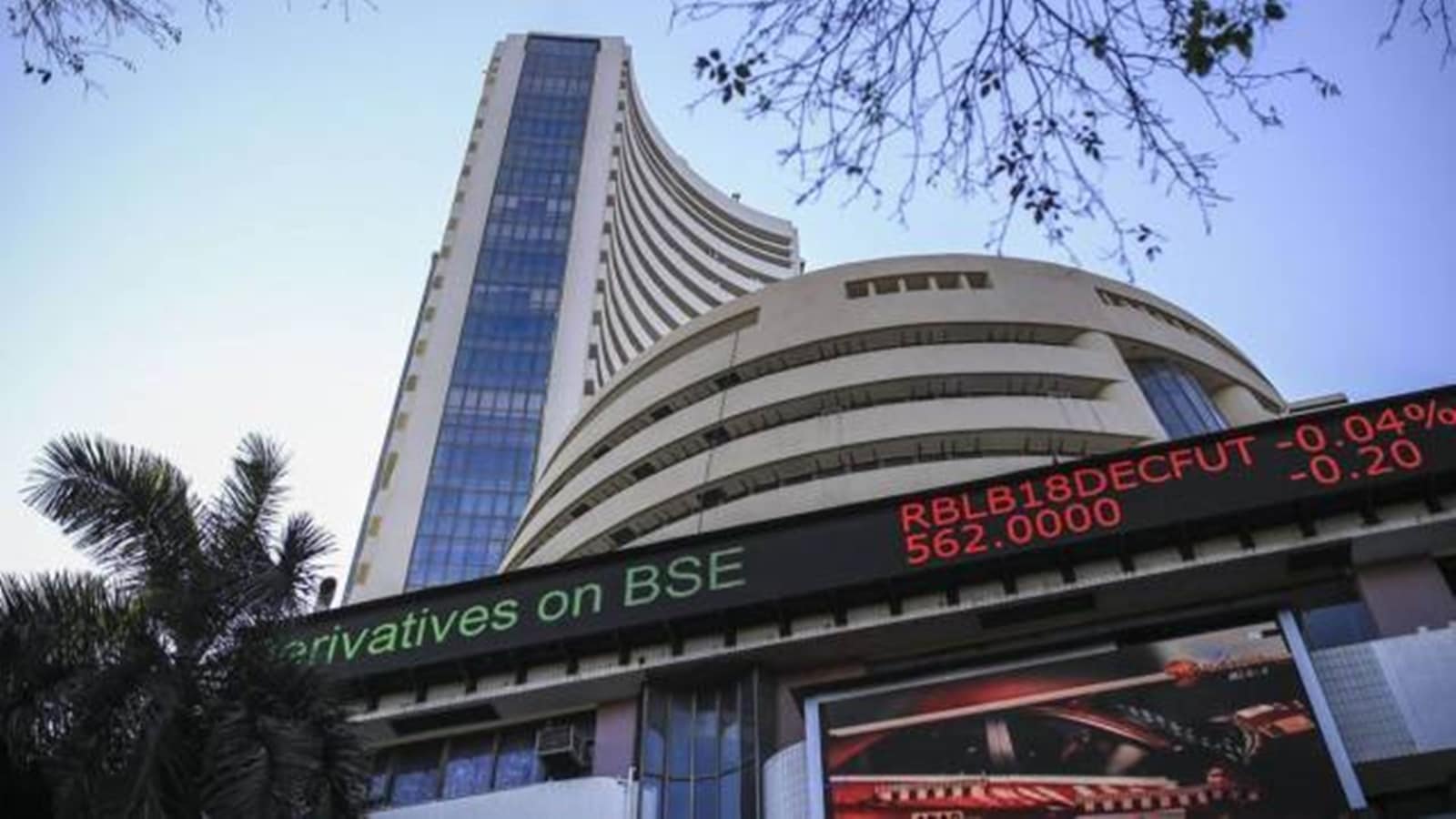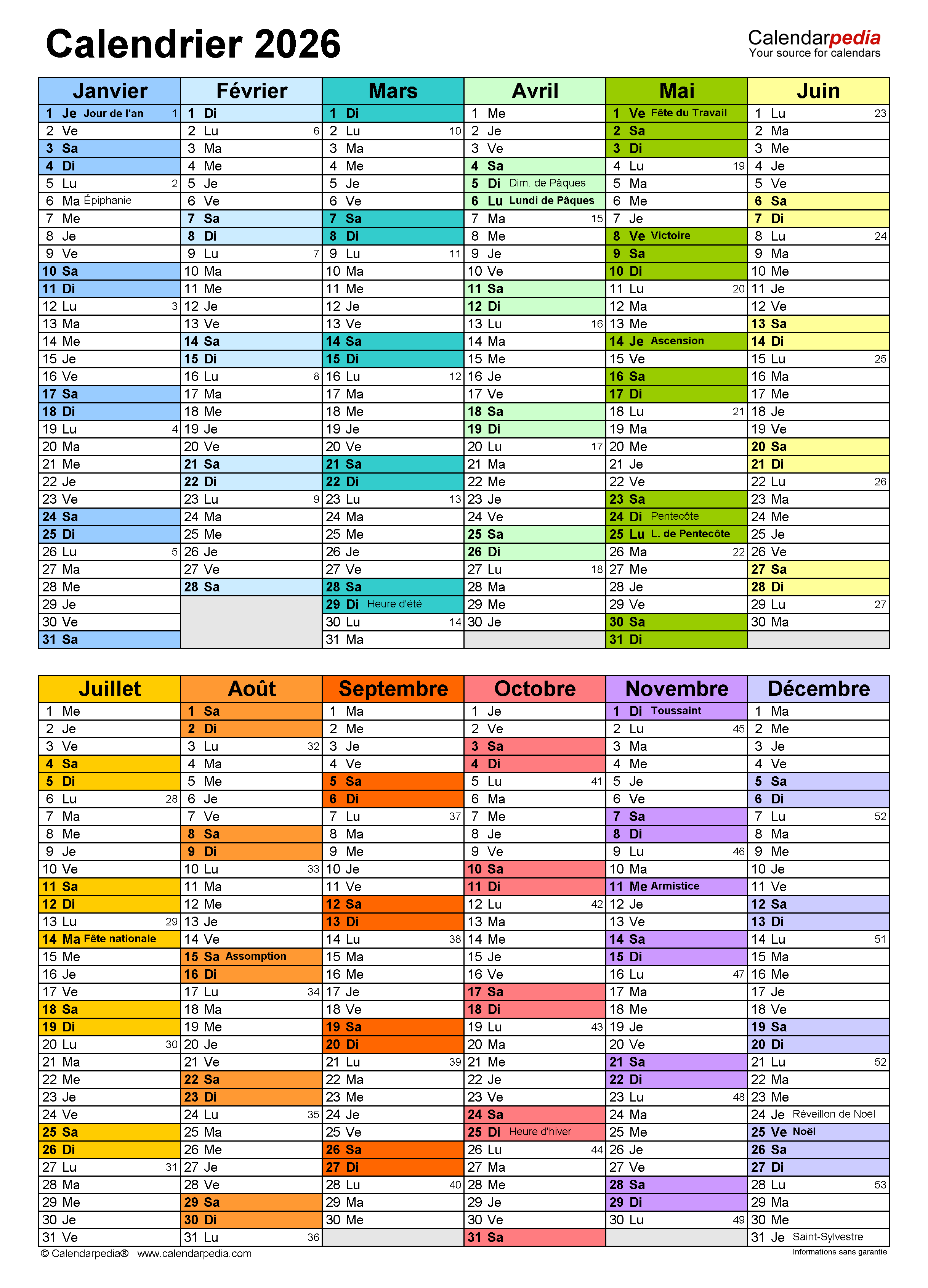Iron Ore Market Volatility: Driven By China's Steel Production Curbs

Table of Contents
China's Steel Production Curbs: The Driving Force
China's efforts to reduce steel production are the primary force behind the recent iron ore market volatility. These curbs stem from several key factors:
-
Environmental concerns and the drive to reduce carbon emissions: China, as the world's largest steel producer, faces immense pressure to reduce its carbon footprint. Stringent environmental regulations aim to curtail pollution from steel mills, leading to production limitations. This is a crucial aspect of China's commitment to achieving carbon neutrality.
-
Overcapacity in the steel industry and the need for structural reforms: For years, China's steel industry suffered from overcapacity, leading to inefficient production and price wars. Production quotas and capacity reduction initiatives aim to restructure the industry, promoting consolidation and improved efficiency.
-
Government initiatives to promote sustainable development and green technologies: China's government is actively promoting the adoption of green technologies within the steel industry, encouraging the development and implementation of more environmentally friendly steelmaking processes. This transition necessitates adjustments in production levels and resource allocation.
Specific examples of these policies include production quotas implemented in various provinces, stricter environmental regulations enforced through penalties for exceeding emission limits (often resulting in temporary or permanent plant closures), and significant financial incentives for adopting greener technologies. Data from recent years clearly demonstrates a correlation between stricter enforcement of these policies and subsequent dips in steel production.
Impact on Iron Ore Prices and Global Supply Chains
Reduced steel production in China directly impacts global iron ore demand, creating ripples throughout the iron ore price forecast and global supply chains.
-
Decreased demand leads to lower iron ore prices: As China's steel mills produce less steel, their demand for iron ore—the primary raw material—decreases, putting downward pressure on iron ore prices. This is a fundamental economic principle of supply and demand.
-
Ripple effects on iron ore mining companies and their profitability: Lower iron ore prices directly impact the profitability of mining companies, affecting their investment decisions, employment levels, and overall financial health. Many mining companies have experienced significant financial distress during periods of low iron ore prices.
-
Disruptions in global supply chains and logistical challenges: The fluctuations in demand create instability in global supply chains. Shipping costs and logistics become unpredictable, adding further complexity and uncertainty for all stakeholders involved in the iron ore trade.
Analysis of iron ore price fluctuations over the past five years strongly correlates with changes in Chinese steel production. Periods of reduced steel production in China coincide with lower iron ore prices, while periods of increased production are typically associated with price increases. This impact reverberates across the entire value chain, affecting miners, traders, and steel producers globally.
The Role of Speculation and Market Sentiment
Beyond the direct impact of China's policies, market speculation and investor sentiment play a significant role in amplifying iron ore market volatility.
-
Impact of futures trading and derivative markets: The trading of iron ore futures contracts allows investors to speculate on future price movements, which can contribute to both price increases and decreases. This speculative activity often exacerbates price swings.
-
Influence of geopolitical events and economic forecasts: Geopolitical instability and global economic forecasts significantly influence investor confidence, leading to fluctuations in iron ore prices irrespective of the underlying supply and demand dynamics.
-
Role of news and media coverage in shaping investor sentiment: News reports and media coverage of China's steel policies, environmental concerns, and global economic conditions can significantly impact investor sentiment and drive market volatility.
These speculative elements interact with the fundamental supply and demand dynamics driven by China's steel production curbs, creating a complex interplay that can amplify price swings, sometimes disproportionately to changes in actual production levels.
Long-Term Outlook and Future Predictions for the Iron Ore Market
Predicting the future of the iron ore market requires consideration of various long-term trends:
-
Potential for increased demand from other emerging economies: While China remains the dominant force, the growing steel production in other emerging economies like India could partially offset the impact of China's production curbs on overall global iron ore demand.
-
Impact of technological advancements in steel production: Advancements in steelmaking technology, such as the use of electric arc furnaces and hydrogen-based steelmaking, could significantly change the iron ore demand landscape. These advancements may increase or decrease reliance on traditional iron ore, depending on their specific efficiency and adoption rates.
-
The role of sustainable steel production practices in shaping future demand: The global push towards sustainable steel production, driven by environmental concerns and regulations, will play a key role in shaping future iron ore demand. This transition towards more environmentally friendly practices may involve changes in the types of iron ore used or in the overall demand for the material.
Forecasting iron ore demand and prices requires considering diverse scenarios based on China's future policies, the rate of technological adoption, and the growth trajectories of various economies. These scenarios will influence the long-term price trends and overall market outlook for iron ore.
Conclusion
China's steel production curbs have a profound and undeniable impact on iron ore market volatility. This volatility is influenced not only by the direct impact of reduced demand but also by the interplay of environmental regulations, global supply chain dynamics, and market speculation. Understanding the intricate relationship between these factors is crucial for navigating the complexities of this dynamic market. Staying informed about the latest developments in the iron ore market and China's steel policies is essential for effective risk management and for identifying and capitalizing on opportunities in this dynamic sector. Understanding iron ore market volatility is crucial for successful navigation of this complex global commodity market.

Featured Posts
-
 Analyzing Doohans Path To F1 Palmers Perspective Post Colapinto Appointment
May 09, 2025
Analyzing Doohans Path To F1 Palmers Perspective Post Colapinto Appointment
May 09, 2025 -
 Indias Stock Market Today Sensex Nifty 50 Close Flat Amidst Uncertainty
May 09, 2025
Indias Stock Market Today Sensex Nifty 50 Close Flat Amidst Uncertainty
May 09, 2025 -
 Municipales Dijon 2026 Quel Role Pour Les Ecologistes
May 09, 2025
Municipales Dijon 2026 Quel Role Pour Les Ecologistes
May 09, 2025 -
 The Monkey 2025 Will It Be A Triumph Or A Disaster For Stephen King
May 09, 2025
The Monkey 2025 Will It Be A Triumph Or A Disaster For Stephen King
May 09, 2025 -
 Spac Stock Frenzy Should You Invest In This Micro Strategy Competitor
May 09, 2025
Spac Stock Frenzy Should You Invest In This Micro Strategy Competitor
May 09, 2025
